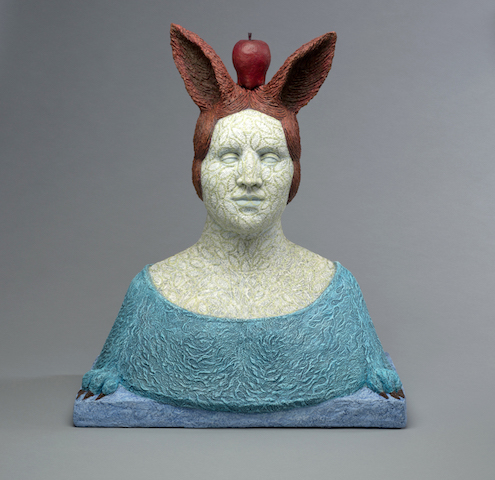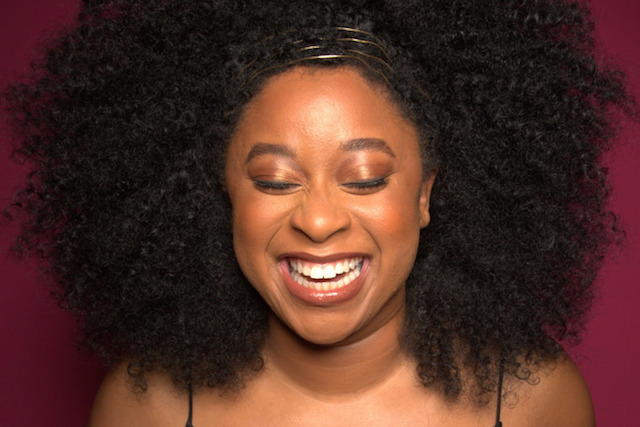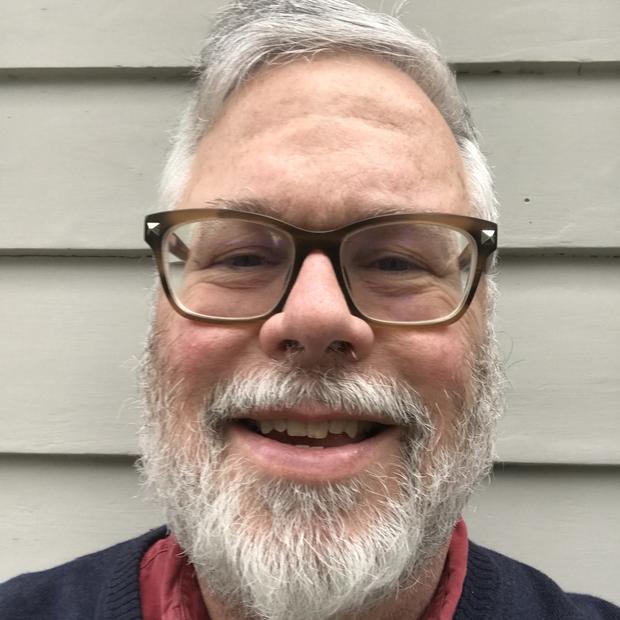Sadie
The latest film from Megan Griffiths seems at first to be a downbeat exercise in trailer-park realism, a little sentimental, a little bleak. But it gradually slips into shocking territory. Thirteen-year-old Sadie (Sophia Mitri Schloss) idealizes her soldier father who’s been absent from the family for years, posted to military trouble spots overseas. When her mother (Melanie Lynskey), knowing her marriage is essentially over, embarks on an affair with an amiable but drug-dependent neighbor (John Gallagher Jr.), Sadie does everything possible to undermine the burgeoning relationship. What initially seems a film about an adolescent’s difficult adjustment to a new situation becomes a much more profound study of a child’s refusal to accept her own reality. But fantasy, here, has nothing to do with a lively imagination. Instead, it’s about stubbornly clinging to a norm that no longer exists. Griffiths gets a tough, wily performance from her title character. The film, shot in Everett, has a disturbing gray chill and pull to it. — M.U.
If you go: Northwest Film Forum, opens Oct. 19, with Griffiths attending the Oct. 19 and 20 screenings. ($12)
Kinofest Seattle 2018 Film Festival
This showcase of German-language films from Austria, Germany and Switzerland is a collaborative project between SIFF Film Center and the Portland German Film Festival. The opening night film, The Invisibles, documents the fate of a handful of Berlin Jews who survived the war, sometimes in plain view of the Nazis. Blending interviews with the real survivors, dramatic recreations of their wartime experiences and archival footage of 1940s Berlin, The Invisibles is a hybrid work that highlights the combination of luck, ingenuity and bravery that it took to squeak through the Nazi nightmare. Also on offer is a pair of biopics, Egon Schiele — Death and the Maiden and Stefan Zweig: Farewell to Europe. But the strangest item in the festival may be the 50th-anniversary showing of Hot Summer, a 1968 East German pop musical featuring boys-versus-girls competitive hitchhiking and some bizarrely ebullient haystack frolics as a bunch of teenagers head to the Baltic for a seaside holiday. If you have trouble believing there’s such a thing as a camp Communist masterpiece, you won’t want to miss this. —M.U.
If you go: SIFF Film Center, Oct. 19-21, times vary ($9-$14)
Goran Bregovic
The boisterous brass and insanely tricky time signatures of Goran Bregović and His Wedding and Funeral Band first came on my radar about ten years ago with his album Alkohol — 13 tunes guaranteed to get you up and dancing even if you were stone-cold dead. Now Bregović is coming to town with a new album, Three Letters from Sarajevo, that, along with being eminently danceable and hummable, is a gesture of profound, fervent hope. “I grew up in a neighborhood in Sarajevo where time was measured by the bells of the Catholic church nearby, by those of the Orthodox church and by the muezzin’s prayer invocations,” Bregović writes on his website. “Since then all my life and all my music have been marked by the wealth of these different chants. My wish is that this privilege be a natural right for all children. May these three letters be my invocation for peace, and may it be heard.” The songs, sung in Spanish, Hebrew, Arabic, English and Serbo-Croatian, are interspersed with violin instrumentals that draw on “oriental, klezmer and classical styles.” This show should be something special. —M.U.
If you go: Moore Theatre, October 20 at 8 p.m. ($32-$42)
The Cabiri: Ghost Game XII: Into the Dark
Halloween is approaching, which means it’s time for The Cabiri — Seattle’s go-to aerial-and-acrobatics troupe for all things mythological — to host another Ghost Game. This year’s edition, “Into the Dark,” is the first to be performed in the troupe’s new Ballard home, Arcadia. Along with aerial dance and acrobatic theater, “Dark” will feature an eerie live musical score by celadon-player Eric Maia and voice and sound artist Susan DuMett (a.k.a. vox vespertinus). The Cabiri have stepped up their immersive theater game and the show will take place throughout the space, with audience members influencing its outcome. Attendees are advised not to bring bags of any kind (“including purses”), to wear comfortable footwear, and to be “prepared to stand for portions of the evening’s performance.” — M.U.
If you go: Cabiri at Arcadia, Oct. 18-23 ($25-$45)

Paul Metivier and Kathleen Skeels
These two Seattle ceramic sculptors tackle dark, gnarly territory while doing extraordinary things with clay. Paul Metivier’s wall-mounted pieces recall battered archaeological finds and sculpted medieval joints found in cathedral archways. Using terracotta paper clay, stain and gold leaf, he produces carved-wood effects with remarkably persuasive wood-grain illusions. In his Processionist series, lone male heads seem to be in varying states of erosion and decay. In his large piece, “The Procession,” twenty clustered heads at an inconsistent scale seem to converge their stares on a point somewhere near the viewer’s solar plexus. In his artist’s statement, he says he’s exploring “the visceral realities that families experience of growth and demise with each generation.” The work of Kathleen Skeels includes two extraordinarily complex freestanding porcelain sculptures, “Queen Bee” and “Portrait of the Artist (Angry Old Man).” The longer you look at them, the more you see in them, starting with the little nest of dormant figures crowning the head of “Portrait” and the bees-within-bees of “Queen Bee.” Skeels’ show also includes dozens of “porcelain drawings” and a variety of vessels, all with busy surfaces packed with ghostly or grotesque figures, some bifurcated, some intersecting. In her artist’s statement, she says her aim is to “make intangible worlds tangible.” Both artists take figurative ceramics in unlikely directions. — M.U.
If you go: Gallery I|M|A through October 27.
Roq La Rue: Lush Life
In 1998, Kirsten Anderson opened gallery Roq La Rue as a venue for what was then called “lowbrow art.” Hers was one of the few places in town committed to outsider art, comic-book art, Tiki art and other provocative work that eventually became known as “pop surrealism.” In 2016, Anderson realized she needed a break from the art world, and decided to focus on her passion for wildlife conservation in Africa. “But Roq La Rue was a sleeping lion in the back of my mind,” she wrote on Facebook. “I started to miss it.” After a two-year hiatus, she’s reopened the gallery in a new space on Capitol Hill, and is kicking it off with a vivid exhibit of work that reflects her fierce love of animals. This group show, Lush Life 6, includes Josie Morway’s fine-feathered bird paintings, Bella Ormseth’s fantastical scenes of forest fungi and fauna, and Kazuki Takamatsu’s ghostly tableaux of girls and skulls. —B.D.
If you go: Roq La Rue through October 28.
Martha Shade: observations from the lost and found

Say the word “sculpture,” and work in stone, clay or wood comes to mind. But Seattle artist Martha Shade has concocted a sculptural medium all her own in her new show at ArtXchange Gallery. Her startling depictions of hybrid creatures are made from paper-pulp, augmented variously with rice paper, thread, glass tiles, glass beads, paint and/or yarn. The pieces are colorful, whimsical and surprisingly weighty in the impression they make. “Playing Vixen,” which greets visitors to the gallery, feels downright monumental. It’s a bust of a woman with little fox feet where her arms ought to be and alert fox ears on her head (with an apple balanced between them). “Vixen,” Shade says, is “part self-portrait, part expression of the archetypal feminine.” Other sculptures include playful manifestations of her toy-loving pug, George, including one of him with a naked cherub riding on his back. Shade’s intricate, 2D work is finely crafted too. In “The Vanishing Kingdom,” 34 endangered animals populate a colorfully stylized mini-tapestry. “Resident Map of Seattle” offers a subjective spin on an Emerald City tourist map. This is pleasurable, thoughtful and idiosyncratic work, expertly executed. —M.U.
If you go: ArtXchange through Nov. 24.
Phoebe Robinson

Having wowed the world as one-half of the comedy duo 2 Dope Queens (with Jessica Williams), Phoebe Robinson is following up the raging success of her first book, You Can’t Touch My Hair, with a brand new collection of frank and funny essays, Everything is Trash, But It’s Okay. Beloved for her easy going, straight-shooting style, Robinson writes about subjects ranging from trivial to thorny, including interracial dating, body image, feminism, massive debt and meeting Sonny Bono. Amid a tornado of pop-culture references, she gets a solid grip on both her own issues and those plaguing society at large, using a rapid-fire, stream-of-consciousness style that reveals a wit yearning to find meaning in our current mess. Her Seattle Arts and Lectures appearance is sure to be a wild ride, so strap in and sink into it. —B.D.
If you go: Seattle Arts and Lectures at Benaroya Hall, October 19, 7:30 p.m. ($60-$80, includes copy of the book. Student tickets $10.)

Support for arts coverage comes from the Seattle Office of Arts & Culture.






